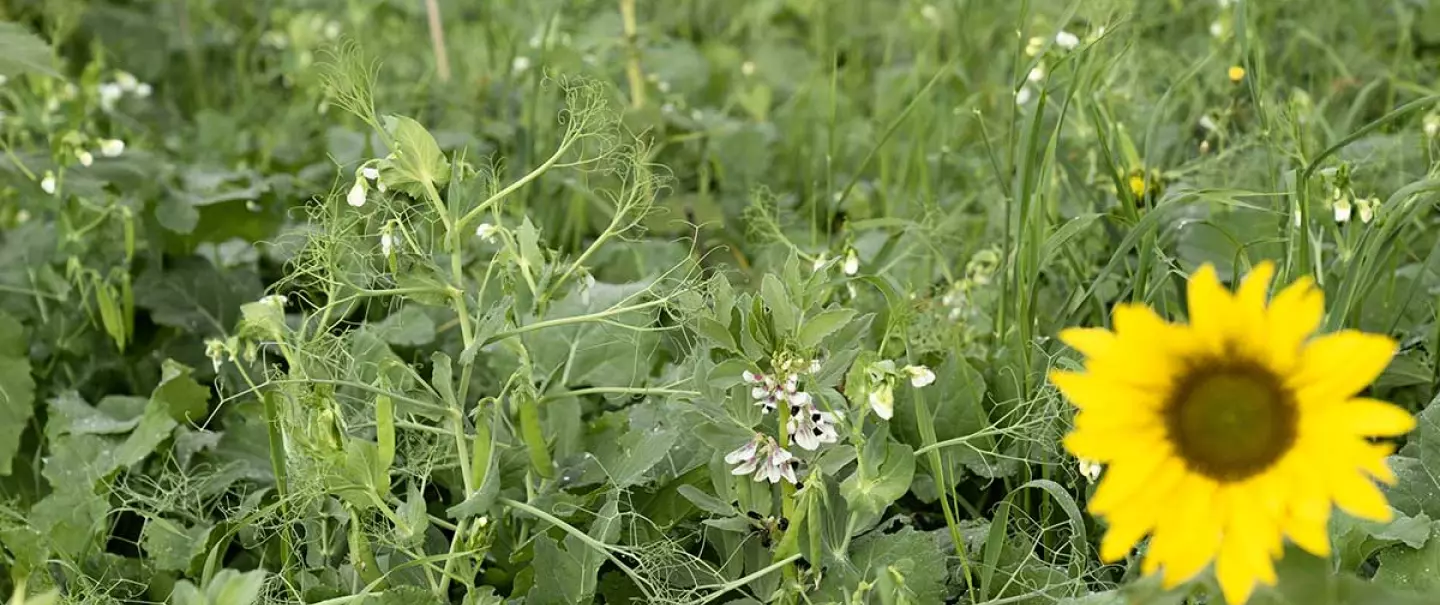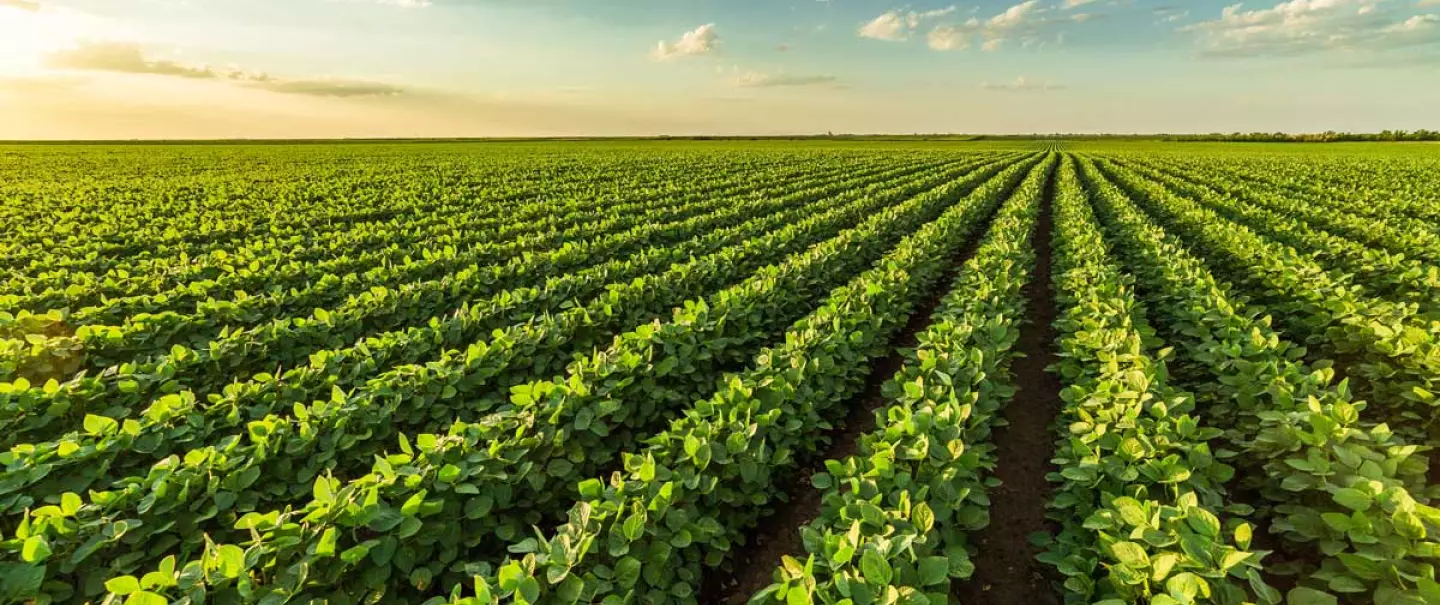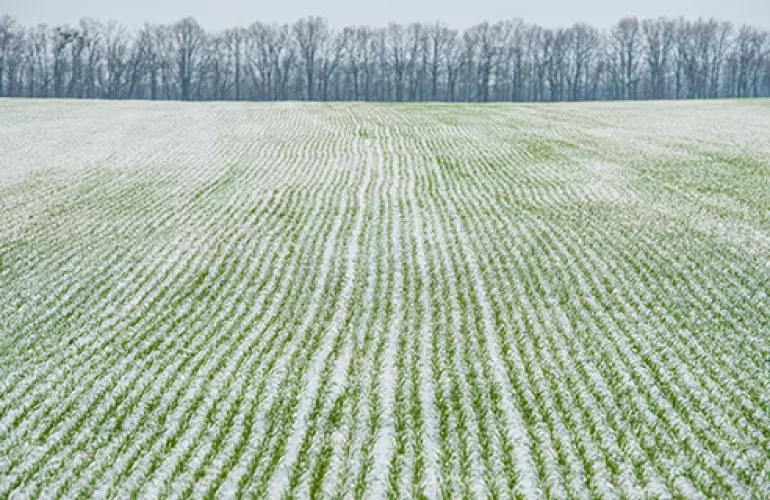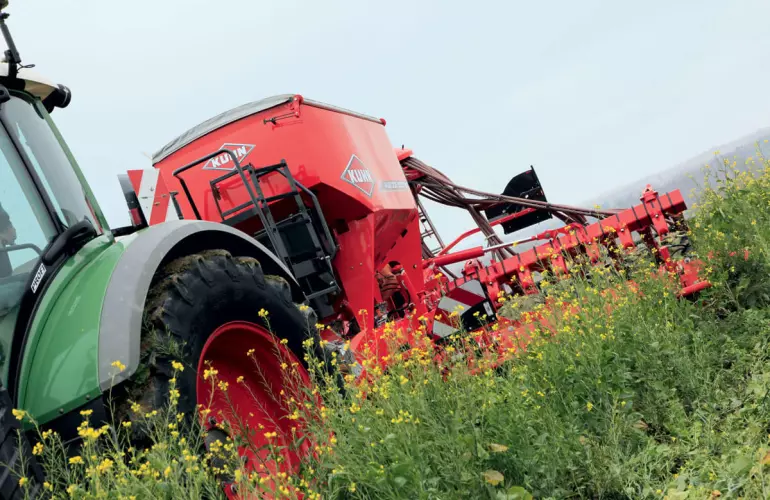Tillage and suitable seeding techniques
Planting at the same time as the main crop
Sowing at the same time as a main crop can have advantages, such as the soil being moist, and the seedbed being prepared. This enables the cover crop to develop and take root well before weeds can develop. However, it can also have disadvantages, such as competition between the cover crop and the main crop, which can hinder the development of them both.
Overseeding an established crop
Overseeding an established crop has a number of advantages and disadvantages. Advantages include early planting to take advantage of soil moisture, planting species that take a long time to establish, and limiting the development of weeds and regrowth after the crop has been harvested. What's more, the equipment needed for overseeding generally already exists on the farm.
In terms of the drawbacks of overseeding, it can be difficult to adapt the sowing date and the species, which mustn’t complete too much with the crop or interfere with harvesting. A seedling sown too late in a crop may lack light and fail to develop. In addition, depending on the species, there could be a problem of working-width compatibility with the sprayer tracks.
Examples include legume cover crops such as common vetch, Balansa clover, crimson clover, and Alexandria clover are used in forage systems and interseeding strategies to improve soil health and provide nitrogen. These species may be interseeded into forage maize (corn silage), typically around the V4–V6 growth stage, when corn is tall enough to allow light penetration but not so dense as to shade out the cover crop. While lentils are less common, Austrian winter peas are sometimes used in similar systems. These legumes contribute to nitrogen fixation, erosion control, and forage quality.
Seeding in mulch during harvest or just before
Seeding in mulch during harvest or just before means sowing the cover crop as early as possible to get the benefit from the moisture in the mulch produced by shredding and spreading the residues during harvest. This is a difficult technique to put into practice, though, as it requires specific equipment, such as a harvester-mounted system. Furthermore, there may be issues of working-width compatibility with sprayer tracks. The technique is mainly possible with small seeds at low application rates.
Seeding after harvest (tilled or no-till)
Post-harvest seeding, with or without tillage, has advantages and disadvantages. On the one hand, it requires no special equipment, and water loss through evaporation is reduced if a direct seeding method is used. What's more, by using seed drills that have hoppers with compartments and separate distribution systems, it is easy to mix species.
On the other hand, the sowing period often coincides with dryer soils, which can make seed placement difficult because there may be large amounts of residues. In addition, if the soil has been tilled, there may already be regrowth. Mixed cover crops can be used for seeding after harvest.







